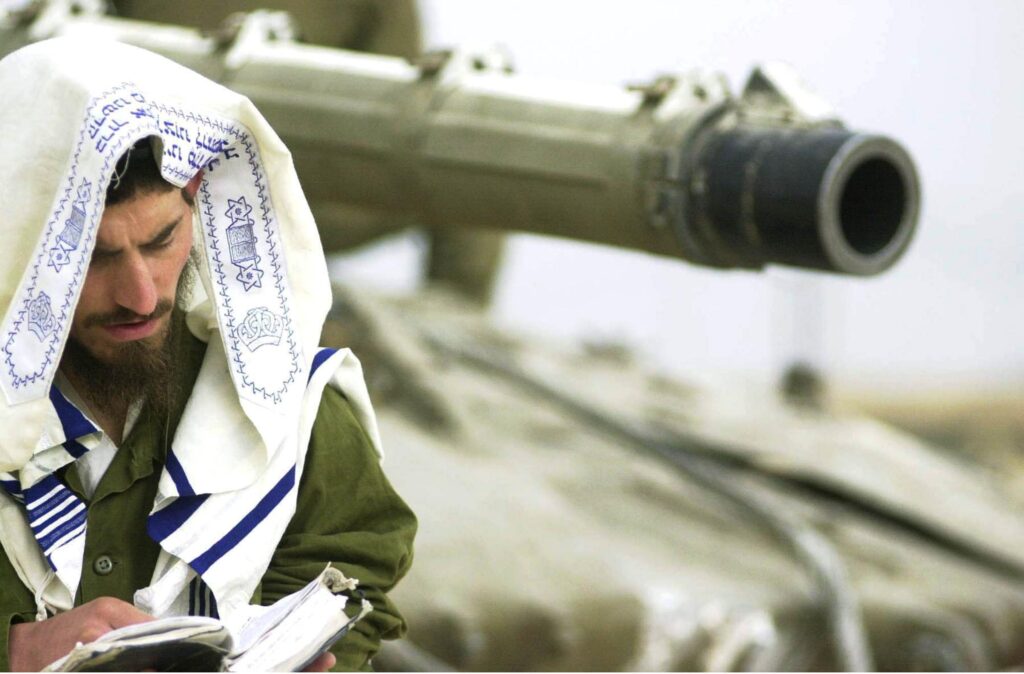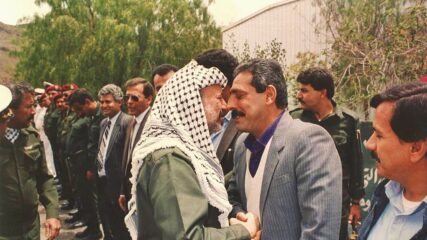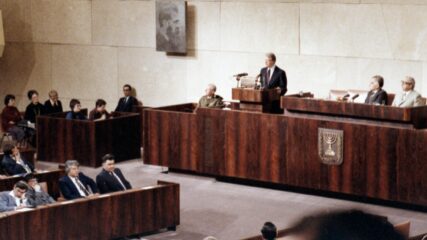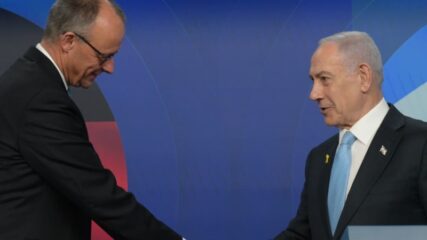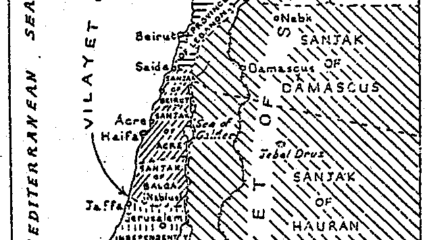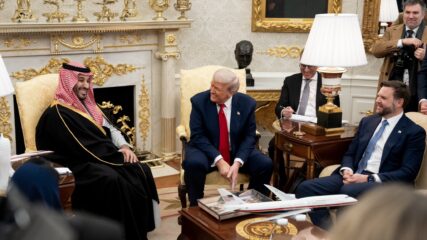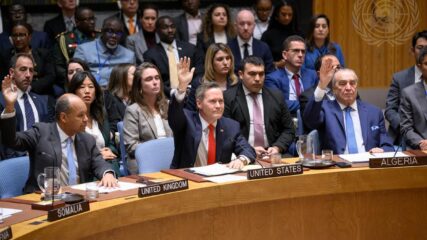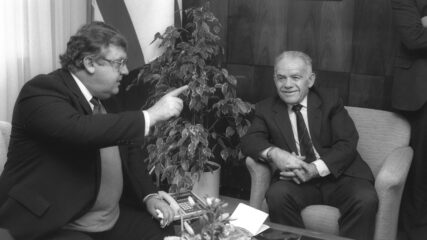March 29, 2002
In September 2000, after the breakdown of peace talks between Israel and the Palestinians at Camp David, the Palestinians began the Second Intifada. The Intifada would last almost five years, with major Palestinian terrorist attacks hitting Israeli civilian centers, often killing dozens and wounding hundreds of Israelis at a time. Despite large-scale terrorist attacks in 2001, for the most part Israel exercised restraint in putting down the Intifada at the urging of American and European diplomats. Terrorism would peak during March 2002, forcing Israel to rethink its approach. A bombing by Hamas terrorists at a Passover seder in Netanya on March 27 was particularly brutal, killing 30 people. Despite Yasser Arafat’s call for a cease-fire after the Passover attack, terrorist attacks continued the next two days in Jerusalem and Elon Moreh.
Israel’s Cabinet meets and releases the following statement: “The Cabinet met last night in special session against the background of the severe escalation in Palestinian terror. The Cabinet approved, in principle, a wide-ranging operational action plan against Palestinian terror. Israel will act to defeat the infrastructure of Palestinian terror in all its parts and components; to this end, broad action will be undertaken until this goal is secured. Arafat — who set up a coalition of terror against Israel — is an enemy; at this stage, he will be isolated. The Cabinet approved the mobilization of reserves as per operational need.”
Thirty thousand reserve troops are called up as part of Operation Defensive Shield, and within a few days Israel gains control of most West Bank cities and kills or captures many responsible for planning the terror attacks. Arafat is isolated and confined to his compound in Ramallah.
On April 15, Israel arrests Marwan Barghouti, the most senior official of the Al-Aqsa Martyrs Brigade and the man responsible for planning many of the terrorist attacks. Most significantly, the IDF seizes computers and recovers hundreds of internal Palestinian documents that show support for terrorist attacks among key PLO leaders, including Arafat. Evidence shows that Arafat himself authorized payments to terrorists and used money from the Palestinian Authority treasury to supply and support the terrorist infrastructure.
The campaign ends April 17 under increased pressure from the international community. Shortly after Operation Defensive Shield ends, the Israeli government decides to construct the West Bank security barrier, a series of fences, walls and checkpoints to deter terror attacks.

